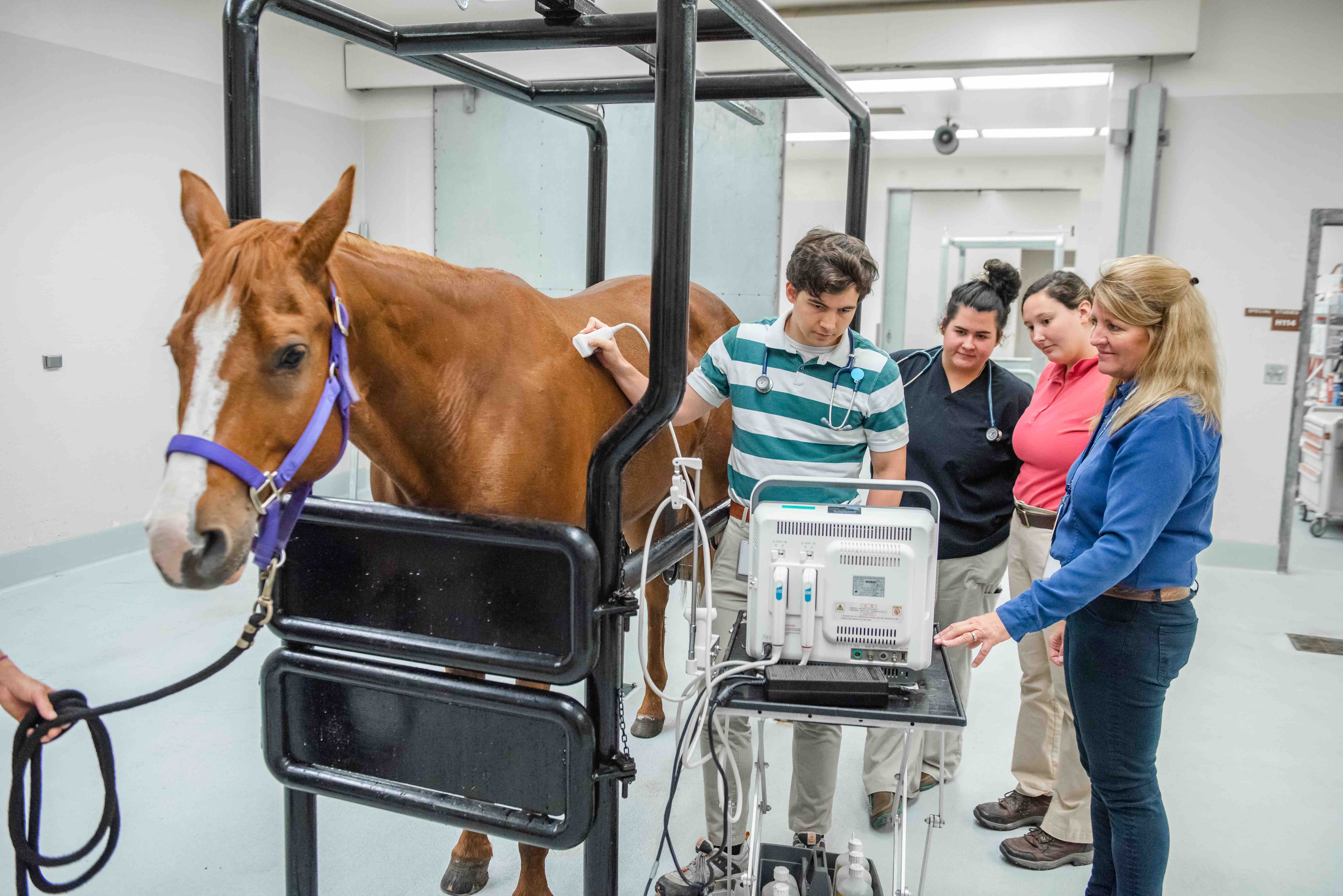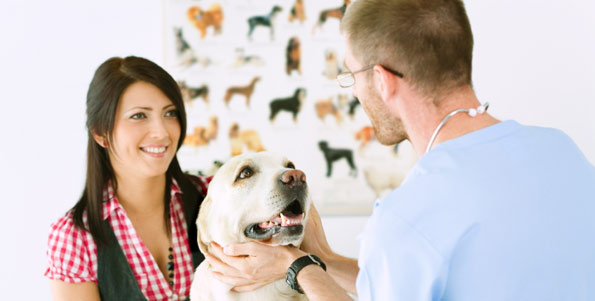What Makes canine tplo surgery a Game-Changer for Active Dogs
What Makes canine tplo surgery a Game-Changer for Active Dogs
Blog Article
All Regarding Veterinarian Surgical Procedure: Recognizing the Relevance of Specialist Look After Your Animals
Veterinary surgical procedure is a vital element of family pet healthcare. It incorporates various treatments, from routine elective surgical procedures to immediate treatments. Comprehending the details of these surgical procedures can aid pet dog owners make informed decisions. The preparation, execution, and recovery stages are essential for making certain the well-being of animals. With appropriate expertise, owners can browse the complexities of veterinary treatment. What variables should be considered before a family pet undergoes surgery?
Kinds Of Veterinarian Surgeries
When a pet dog calls for medical intervention, comprehending the various kinds of vet surgical treatments can help animal proprietors make notified choices. Veterinary surgeries can be extensively categorized right into three major types: elective, immediate, and emergency surgical procedures. Elective surgical procedures, such as spaying or neutering, are planned treatments that are not immediately dangerous. Urgent surgical procedures, like those for foreign body elimination, need to be performed soon but are not serious in the minute. Emergency situation surgical procedures, such as those attending to extreme injury or internal bleeding, are vital and require immediate attention.Additionally, surgeries can differ in intricacy, ranging from minimally invasive laparoscopic procedures to extra substantial open surgeries. Each type of surgical procedure brings its own threats and recovery processes. Comprehending these categories allows pet dog owners to take part in significant discussions with vets, causing much better results for their precious animals.
Planning for Your Pet dog's Surgery
Preparing for a pet dog's surgical treatment includes an extensive checklist to ensure all basics are covered. Efficient communication with the veterinarian is crucial for understanding the procedure and any kind of needed pre-operative steps - emergency vet near me. Furthermore, having clear post-operative treatment instructions will help owners supply the very best assistance for their recovering animals
Pre-Surgery List Essentials
Ensuring a smooth surgical experience for a pet dog requires cautious prep work and attention to detail. A pre-surgery checklist is necessary for family pet proprietors to comply with. Validating the set up surgical treatment date and time is essential. Proprietors ought to likewise verify that their animal has actually fasted according to the vet's instructions, typically for 8-12 hours prior to surgery. Gathering necessary medical documents, consisting of inoculation background, is important for the vet's testimonial. It is likewise a good idea to prepare a comfy area in your home for the animal's healing after surgery. Finally, proprietors need to have a prepare for transportation to and from the veterinary center, seeing to it that the pet dog is safe and comfy throughout the journey. Adhering to these actions can considerably improve the surgical experience.
Communicating With Your Vet

Effective communication with the veterinarian is necessary for a successful surgical experience for animals. Owners need to be prepared to review their family pet's case history, consisting of any type of pre-existing conditions, medicines, and allergic reactions. This details assists the veterinarian assess risks and customize the medical plan as necessary. Additionally, pet dog proprietors need to ask concerns pertaining to the treatment, anesthesia, and expected outcomes to assure they fully recognize the procedure. Clearing up any type of uncertainties can ease anxiety for both the animal and the owner. It is likewise important to communicate any behavior modifications or concerns observed in the animal leading up to the surgery. Ultimately, clear dialogue cultivates depend on and cooperation, ensuring that animals receive the most effective possible treatment throughout their surgical trip.
Post-Operative Care Directions
After reviewing the surgery with the veterinarian, pet owners must concentrate on post-operative treatment guidelines to help with a smooth healing for their pets. These instructions usually include keeping track of the surgical site for signs of infection, such as inflammation or discharge. Animals may need to be kept one's cool and restricted to stop extreme motion that might interfere with recovery. Pain monitoring is important, so proprietors must follow the veterinarian's guidance on carrying out medications. Additionally, nutritional restrictions might be advised to stay clear of stomach distress. Regular follow-up visits are very important to assure appropriate healing and attend to any type of concerns. By sticking to these post-operative care instructions, animal proprietors can significantly contribute to their animal's healing and total wellness.
The Surgery Explained
The medical procedure for animals includes vital actions that assure their safety and security and healing. Pre-surgery prep work are crucial for reducing threats, while post-operative care guidelines play an essential duty in advertising recovery. Recognizing these components helps family pet proprietors navigate the medical experience much more effectively.
Pre-Surgery Preparations
Before an animal goes through surgery, a number of important preparations must happen to guarantee a safe and successful procedure. First, a comprehensive veterinary assessment is important to examine the family pet's general health and recognize any kind of possible risks. This may include blood examinations, imaging, or various other diagnostics. The vet will additionally review anesthetic options customized to the animal's certain needs. In addition, pet dog owners are commonly advised to hold back food and water for a specified time prior to surgical treatment to reduce the risk of problems during anesthesia. It's crucial for proprietors to provide a complete clinical background, including any kind of medications or allergic reactions, guaranteeing the surgical team has all essential information. Correct communication and adherence to pre-surgery guidelines can substantially improve the result of the procedure.
Post-Operative Treatment Guidelines
Proper post-operative treatment is essential for ensuring a pet's healing complying with surgery. After the procedure, pet dogs should be monitored carefully for any indications of problems, such as too much blood loss, swelling, or uncommon behavior. It is very important to follow the veterinarian's guidelines concerning medications, including discomfort reducers and prescription antibiotics. Pets need to be maintained in a quiet, comfortable environment to decrease stress and promote recovery. Restricting task is important; short, leashed strolls may be required, however jumping or running need to be avoided. Regular follow-up visits should be arranged to analyze the healing procedure. Additionally, the surgical site needs to be maintained clean and completely dry, with any type of indications of infection reported to a veterinarian quickly. Sticking to these standards boosts recuperation results.
Anesthetic and Pain Monitoring
Effective anesthetic and pain management are crucial components of veterinary surgery, guaranteeing that family pets continue to be comfy and risk-free throughout the procedure. Veterinarians evaluate each pet's individual requirements, considering factors such as i loved this age, weight, health status, and the type of surgical treatment being performed.Anesthesia methods typically consist of a mix of pre-anesthetic medications, induction representatives, and inhalant anesthetics, permitting for precise control over the pet's degree of awareness. Tracking throughout surgery is crucial; vets constantly observe important indicators to deal with any kind of potential difficulties promptly.Pain administration techniques may entail opioids, non-steroidal anti-inflammatory drugs (NSAIDs), and neighborhood anesthetics, customized to the pet dog's particular circumstance. This complex strategy aids minimize pain and promotes a smoother surgical experience. By prioritizing reliable anesthetic and discomfort administration, vet professionals improve the overall welfare of pet dogs going through operations, ensuring they get the greatest standard of care.
Post-Operative Care and Recuperation
Adhering to surgery, the focus changes to post-operative care and recuperation, which is essential for guaranteeing a family pet's risk-free go back to typical tasks. Throughout this duration, pet dogs need a silent, comfortable environment to help healing. Owners should very closely check their family pets for any indicators of pain or unusual behavior.Veterinary standards often include particular guidelines associated with medication management, wound care, and nutritional adjustments. It is vital to abide by these suggestions to minimize issues and promote healing. Animals may need to be restricted from strenuous activities, such as running or leaping, during their recuperation period (tplo surgery for dogs).Regular follow-up appointments with the veterinarian permit tracking of the animal's progress and timely changes to the care plan. Supplying emotional support and friendship can likewise click here for more info boost a pet's healing experience, aiding to alleviate stress and anxiety. Overall, thorough post-operative treatment plays a significant duty in achieving a successful healing
Identifying Complications After Surgery
How can pet dog proprietors identify problems after surgical procedure? Awareness of certain indicators is crucial for making certain the well-being of family pets throughout recovery. Usual signs consist of too much swelling, soreness, or discharge at the medical go to this site website, which might represent infection. In addition, persistent discomfort, suggested by yawping or reluctance to move, ought to prompt immediate interest. Modifications in appetite or water intake can additionally show issues; a decline in these habits might indicate discomfort or distress.Moreover, animal proprietors must monitor their family pets for any kind of uncommon habits, such as sleepiness or trouble breathing, as these can be signs of major problems. Throwing up or diarrhea complying with surgery might require urgent vet examination. Recognizing these problems early can significantly influence an animal's healing process, highlighting the significance of alertness and punctual communication with a veterinarian for any worrying signs and symptoms.
The Role of Veterinary Professionals in Surgical Care
Veterinary experts play a necessary function in making sure the security and success of operations for pet dogs, specifically following surgical procedure when monitoring and treatment are critical. These experts consist of veterinarians, vet professionals, and support team, all of whom add specialized skills to the medical process.Before surgical treatment, veterinarians carry out complete assessments to analyze the pet dog's health and wellness, ensuring that any underlying conditions are taken care of. Throughout the procedure, the surgical team supplies anesthetic, keeps clean and sterile environments, and monitors vital signs, very important for reducing risks.Post-operative treatment is equally considerable; veterinary specialists observe for problems, handle pain, and guide owners on recuperation methods. Their expertise allows them to acknowledge early indications of distress or infection, guaranteeing prompt treatment. Ultimately, the collective initiatives of vet professionals in medical treatment foster a secure environment, advertising the wellness of pets throughout the medical trip.

Often Asked Inquiries
Exactly how Do I Choose the Right Veterinary Cosmetic Surgeon for My Pet dog?
Choosing the ideal veterinary doctor entails investigating qualifications, checking out evaluations, and evaluating the center's setting. It is necessary to assess the cosmetic surgeon's experience with particular treatments and their interaction design when making a choice.
What Are Typical Misconceptions About Vet Surgeries?
Typical misunderstandings regarding vet surgical procedures include beliefs that they are always risky, unnecessary, or just for emergency situations. Numerous family pet proprietors undervalue the advantages of preventative treatments and the ability associated with vet surgical treatment.
Just How Much Will My Pet's Surgical procedure Price?
The expense of an animal's surgical procedure can differ substantially based upon factors such as the sort of treatment, the vet's experience, and geographic location (emergency vet near me). Normally, expenditures vary from a few hundred to a number of thousand bucks

Can My Animal Eat Prior To Surgical Treatment?
Before surgical procedure, it is generally suggested that animals avoid consuming for a certain duration. This fasting helps lower the risk of complications throughout anesthetic. Proprietors should consult their veterinarian for exact directions customized to their pet dog's demands.
What happens if My Pet Dog Has Pre-Existing Wellness Issues?
When a family pet has pre-existing health and wellness problems, it's vital for the vet to evaluate these factors prior to surgical procedure. This examination guarantees appropriate preventative measures are taken, decreasing dangers and maximizing the family pet's general security during the treatment.
Report this page